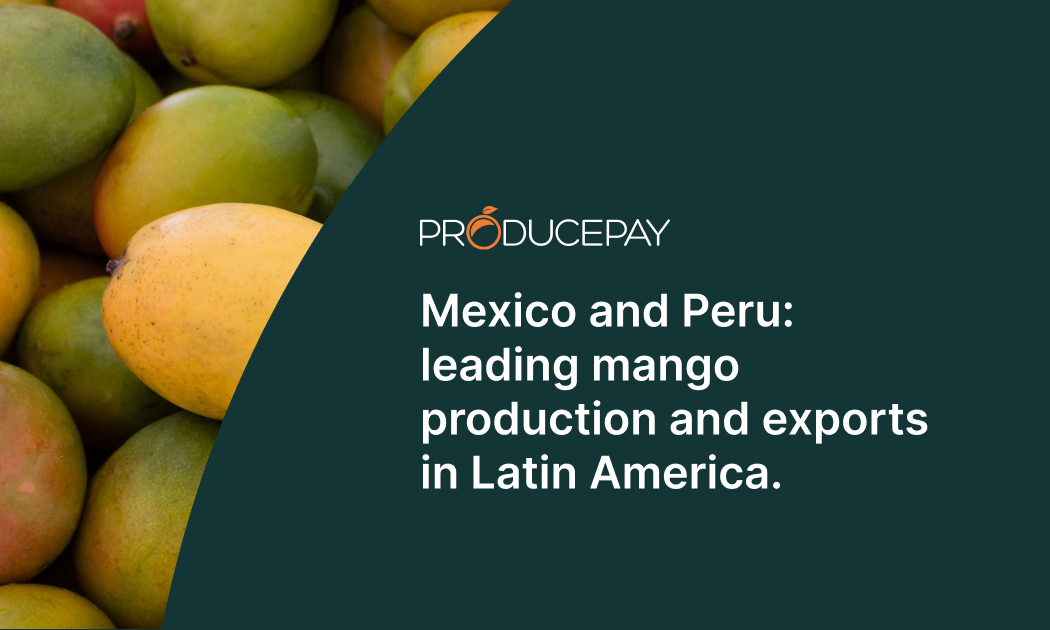
Mexico and Peru: leading mango production and exports in Latin America.
Mangoes are one of the world’s most in-demand tropical fruits. Mexico and Peru are two of the biggest producers and exporters due to their favorable climate and an ability to produce high-quality mangoes in volume.
Mexico is a leading producer and exporter of mangoes worldwide because of its warm climate and fertile soil, which provide optimal conditions for cultivation during most of the year.
Mexico also grows a wide variety of mangoes and can adapt its supply to the preferences of the world market.
Peru has experienced outstanding growth in the mango industry because its geographical and climatic conditions also allow for several months of mango production.
Additionally, Peru benefits from focusing on improving the quality of its crops, implementing advanced agricultural practices and promoting the certification of its products, which have all contributed to gaining global market share.
A strong and growing Mexican industry
Mexican mango production starts in January, February and March, with increased volumes in April and May and peak production in June.
Subsequently, from July to September, the volume decreases. In October, November and December, the season is at its low point, with almost no production, according to data from Mexico’s Agricultural and Fisheries Information Service (SIAP).
For exports, the high season runs from May to August. In 2022 Mexico exported 67% of its total volume (346,111 metric tons) to the US, according to the USDA.
This is a significant increase compared to the 312,720 metric tons imported in 2021 but fell just short of the 350,148 metric tons imported in 2020.
In 2022, US imports of Mexican mangoes peaked in July, which will likely be true in 2023. In May of this year, 58,534 metric tons shipped to the US, an increase over the 50,735 metric tons imported in May 2022.
Sustained growth of the Peruvian industry
The 2022/23 Peruvian mango production and export season is over, and despite political instability, exports rose by 7.3%, reaching 249,314 metric tons, according to the Peruvian Association of Mango Producers and Exporters (APEM).
Peru wants to take advantage of favorable geographical and climatic conditions and expand production into March or April. Increasing its export window would make Peruvian mangoes more competitive in international markets.
This season, Peru had success growing larger mangoes, particularly of the Kent variety. This demonstrates Peru’s capacity to grow bigger mangoes, which are sought after by international buyers. However, prices were lower than the previous season due to increased production volumes and slightly weaker demand.
Global mango market outlook
According to the USDA, the United States imported 65,617 metric tons of Peruvian mangoes in 2022, representing 13% of its total imports. This figure is consistent with 2021 and 2020 when 65,971 tons and 63,537 tons were imported, respectively.
As consumer demand grows, buyers face the challenge of providing mangoes year-round. Expanding their export market options and looking to other countries can help them find the supplies their customers want.
Sources: Fresh Plaza, Portal Frutícola, Fresh Fruit Portal, Fresh Fruit Portal
